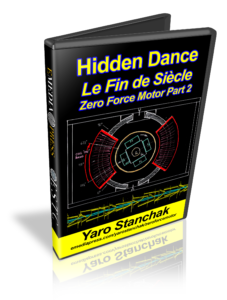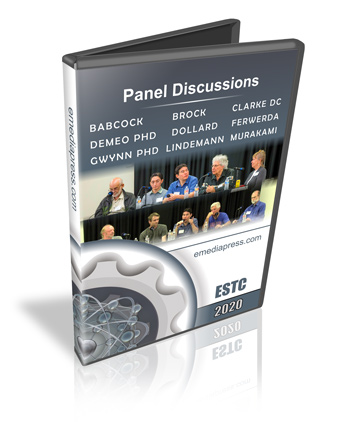
At the 2018 Energy Science & Technology Conference, more revelations are disclosed about the last one year of experiments with the Zero Force Motor.
Within this follow up presentation, you will find all the specs, which should be considered a standard built for more experiments to get start with. It works and has already been proven out by Yaro Stanchak and James McDonald.
Yaro also shares the differences in more detail on attractive vs repulsive mode and how this looks diagrammatically so the viewer can benefit from these findings. A thorough walk-through on the Zero Force Motor’s timing characteristics of the magnet’s geometry in relation to the coil geometry is covered. This is very important and cannot be stated enough – timing is crucial and can make or break your results.
Get your copy now: Zero Force Motor – Hidden Dance
Get 25% off for a limited time with this coupon: ZFM25
Keep in mind this is a developmental process and there are no free energy claims. It is a novel motor with unique aspects that have not been used or exploited in conventional motors and bit by bit, the potential of what this machine is capable of is slowly revealing itself.
Pay close attention to the date in the table presented by Yaro. You may find there is more than meets the eye. And you will definitely see that at certain RPMs, which may indicate some resonant points that you will see the Hidden Dance happening within the machine as Yaro shows on the scope.
There is also a difference in the characteristics of how the motor operates in relation to its waveforms that are measurable if the ZFM is running on a battery compared to a linear current power supply. In other words, there appears to be advantages to running it on a battery compared to a power supply. Professor Robert Haralick during questions points out a very plausible reason for this and that is that when running, the ZFM is producing longitudinal waves that are accepted by the battery(s) but the linear amp power supply cannot.
This would be completely consistent with John Bedini’s experience over the years with experiments on the Bedini SG when running on and charging batteries, which have shown unusual input vs output ratios and most of this disappears when running these machines on conventional power supplies. It has been stated over the years that the battery is very important as part of the open system and once again, these ZFM experiments shown by Yaro seem to indicate the same results.
Here are a few of the subjects that Yaro will show in this presentation:
- Introduction and Brief Review Of Zero Force Motor Design and Operation
- ZFM Timing and Firing Duration with Coil Voltages
- ZFM Operational Characteristics; RPM, Amps & Efficiency
- Review of O-Scope Wave Forms for Voltage and Amperage
- Hidden Dance
- Ron Cole ZFM Variant – LCF or Linear Counter Field
Enough! Time to get back to the next round of ZFM experiments…
Get your copy now: Zero Force Motor – Hidden Dance
Get 25% off for a limited time with this coupon: ZFM25




 However, with the Halbach Array, you can. With the clever arrangement of the polarities of various permanent magnets, you can indeed get a magnet to spin inside of this field and maintain stability in the middle without it sticking to any particular spot.
However, with the Halbach Array, you can. With the clever arrangement of the polarities of various permanent magnets, you can indeed get a magnet to spin inside of this field and maintain stability in the middle without it sticking to any particular spot.

